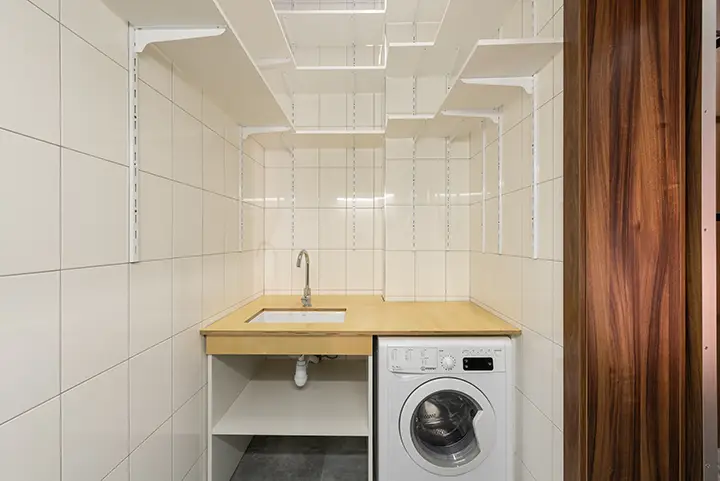Fixing Common Issues with Home Washing Machines
Having a washing machine breakdown can cause a lot of inconvenience, but you can do something about it. Major appliance repairs can be costly so it’s always best to double check the basic steps to troubleshooting a problem first. Here are a few of the most common washing machine problems and how to fix them.
Mind Solutions
The first thing to check is the simplest. Is the washing machine turned on and is it plugged in? Confirm that the power switch has been turned on and if it is plugged in, check the circuit breaker in the electrical panel for the outlet.
DIY Solutions
If the power is on simply move the machine around and check the back for any tangles in the power cord which could cause a power failure. If you have tried the power tipped steps, check the water supply and air hose for blockages or loose connections. If everything appears to be working then the problem could be a broken drivebelt, so try examining the belt for signs of fraying or damage.
Professional Solutions
If the issues you are experiencing with your washing machine involve more than basic maintenance then it might be best to call in a professional appliance repair technician. An experienced technician can identify the underlying problem and suggest the best possible solution.
No matter the cause of the problem, washing machine repairs can often be expensive, so do your best to troubleshoot the issue and fix it yourself.
Conclusion
When it comes to diagnosing and fixing common washing machine problems, it is best to always remember to first try and fix the issue yourself and then call in a professional appliance repair technician if you are still not able to resolve the problem. If you are unable to repair the appliance yourself, rest assured that there is a directory of appliance repair technicians available here that can assist you in your appliance needs.
Troubleshooting Washing Machine Issues
- What should I do if my washing machine stops working?
If you notice that your washing machine has stopped working, first check to make sure it is still plugged into a power source. Also try resetting the machine by unplugging it from the wall and then plugging it back in. If this does not work, it is likely an issue with an internal component such as the motor or timer. You may need to call a professional to investigate and repair the issue.
- What is the best way to clean a washing machine?
Cleaning the washing machine is essential to keeping it in good working order. Start by running an empty, hot wash cycle and add a few tablespoons of baking soda, which will help remove dirt and odors. You may also want to run an additional cycle with white vinegar, which is a natural disinfectant. After each cycle, remove the filter and clean it of any accumulated lint. You can also try cleaning the inside with a clean cloth and a mild amount of detergent.
- How can I troubleshoot a noisy washing machine?
Some washing machines will make noise during a cycle, however, any loud banging or knocking noises could signal an issue with the drum, suspension rods or the motor. Start by checking the back of the machine to make sure the mounting screws are securely fastened to the floor and nothing is obstructing the machine’s frame. If the noises persist, you should schedule a service call with a qualified specialist.
- Why is my washing machine leaking?
Leaking often points to a problem with the door seal and/or gasket. Start by cleaning the door seal and checking to make sure it is free of dirt and grime. You may also need to check for any cracks or breaks in the seal that could be allowing leaks. If this does not fix the issue, you should arrange for a professional to inspect and repair the machine.
- What should I do when my washing machine doesn’t spin?
First, check to make sure that the washer is loaded properly and not overloaded. If not, you may need to check the spinning belt and make sure it is secure. You can also try resetting the machine by unplugging it from the wall and plugging it back in. If the problem persists, it is likely a mechanical issue and you should arrange for a service call with a qualified specialist.
5 Key Takeaways from Solving Common Problems with Washing Machines
- Before attempting repair, double check if the washing machine is turned on and plugged in.
- If the power is on, check for any tangles in the power cord or blockages/loose connections in the water supply and air hose.
- Confirm if the drivebelt shows signs of fraying or damage.
- Fix the issue yourself before calling a professional appliance repair technician.
- Professional appliance repair technicians can assist you with more complex repair needs.
